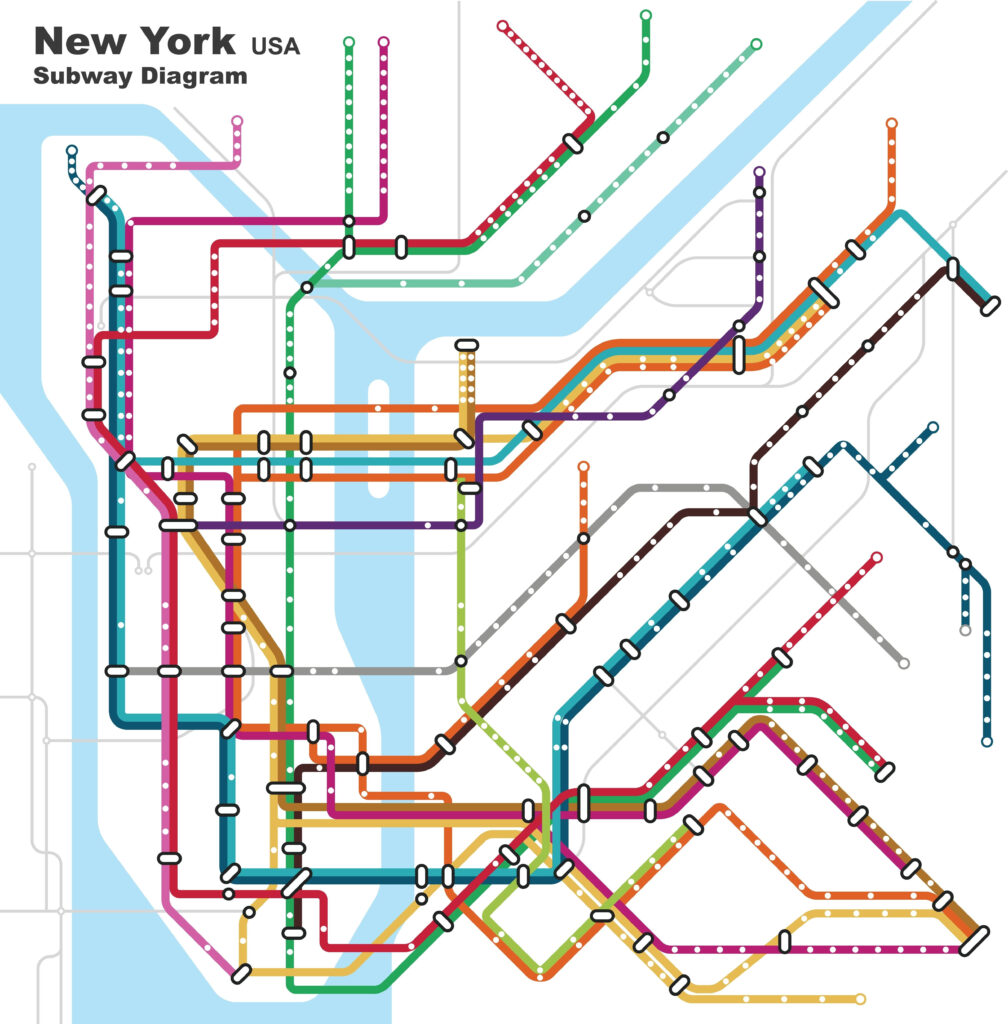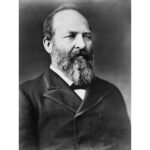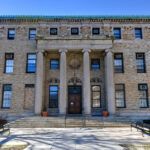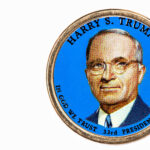In the late 19th and early 20th centuries, New York City faced a severe problem of transportation congestion. The streets were teeming with traffic, and existing transportation methods, such as horse-drawn streetcars and elevated railways, were insufficient to meet the growing demands of the city’s rapidly expanding population. To address this issue, the construction of an underground rapid transit system was proposed. The project would connect the bustling boroughs of Manhattan and Brooklyn, transforming the city’s transportation landscape forever.
On March 24, 1900, Robert Anderson Van Wyck, the first Mayor of the consolidated City of New York, broke ground for the new underground “Rapid Transit Railroad” at the corner of Elm Street and Park Row. This monumental event marked the beginning of the construction of New York City’s first subway system. Van Wyck, a Democrat, served as mayor from 1898 to 1901 and was instrumental in initiating the project that would revolutionize transportation in the city.
The underground rapid transit system was designed by renowned engineer William Barclay Parsons, who was also the chief engineer of the Rapid Transit Commission. The project was primarily financed by August Belmont, a prominent financier and the president of the Interborough Rapid Transit Company (IRT). The IRT was granted the contract to build and operate the first subway line, which would run from City Hall in Manhattan to Atlantic Avenue in Brooklyn.
After four years of construction, the first subway line, known as the IRT Lexington Avenue Line, opened to the public on October 27, 1904. The subway’s success led to further expansion of the system, with additional lines and extensions built throughout the 20th century.
References:
https://www.timesreporter.com/story/news/2014/03/24/march-24-top-day/38007189007/
https://www.nycsubway.org/wiki/The_New_York_Rapid_Transit_Decision_of_1900_(Katz)
https://www.nyc.gov/assets/records/pdf/mayoral-collections/robert-van-wyck-records-1898-1901.pdf




